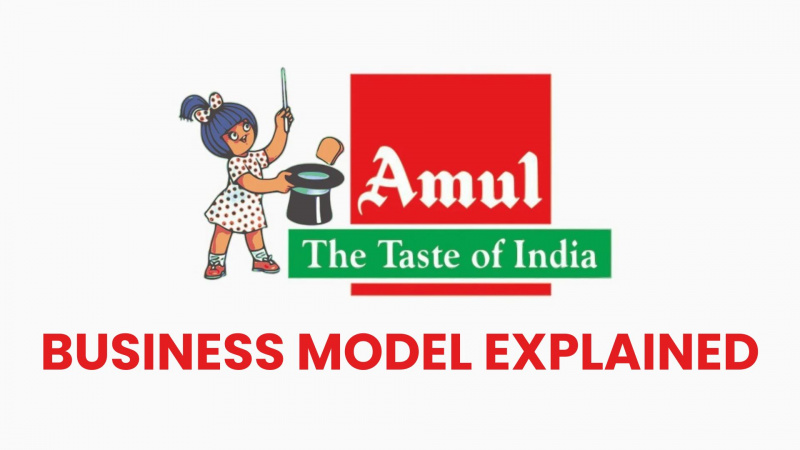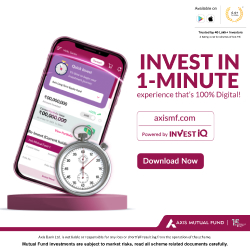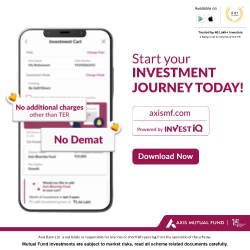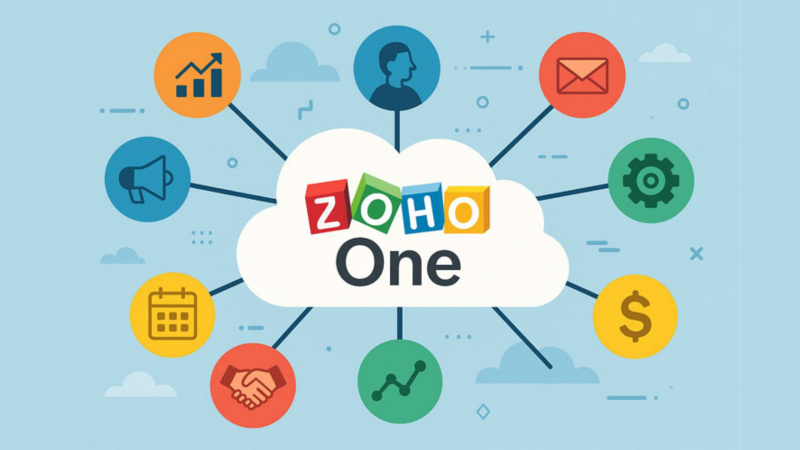Amul Revenue Model Explained: The Secret Behind Its Dairy Empire
How Amul Makes Money: Revenue Model & Financial Strategy Amul’s profit model is diversified across multiple revenue streams: 1. Sales of Dairy Products The
- by Anmol Chitransh 2025-02-17 07:46:08
In this blog, we’ll take a deep dive into the Amul Business Model, exploring its revenue streams, cooperative structure, supply chain, and financial strategies that make it one of India’s largest and most profitable dairy brands.
A Brief History of Amul
The journey of Amul began on December 14, 1946, in Anand, Gujarat, when a group of dairy farmers, led by Tribhuvandas Patel, decided to form a cooperative to eliminate middlemen and ensure fair milk prices. This cooperative, named Kaira District Cooperative Milk Producers’ Union Limited, later evolved into Amul.
A defining moment came in 1949 when Dr. Verghese Kurien, known as the Father of the White Revolution, joined Amul as its General Manager. His leadership and vision helped transform Amul into a globally recognized dairy giant.
Key Milestones:
- 1965: Introduction of the iconic Amul girl advertising campaign with the tagline “Utterly Butterly Delicious”
- 1970s: Launch of Amul Butter, which became a household staple
- 1996: Entry into the ice cream market, making premium ice creams affordable
- 2006: Amul procures over one billion liters of milk in a single year
- 2012: Becomes India’s largest food brand in terms of annual turnover
.jpg)
Who Owns Amul?
Amul is owned by the Gujarat Cooperative Milk Marketing Federation Ltd. (GCMMF), a federation of milk producers across Gujarat. The unique Amul cooperative structure ensures that farmers directly benefit from the brand’s success, receiving fair pricing and a share in the profits.
Amul’s mission is clear: “Endeavor to satisfy the taste and nutritional requirements of the customer of the world through excellence in marketing by the committed team.”
How Amul Operates: The Amul Cooperative Structure
Amul follows a three-tier cooperative model, ensuring efficiency and fair compensation for farmers:
- Village-level dairy cooperatives – Farmers supply milk to these cooperatives.
- District-level milk unions – Milk is collected, tested, and processed here.
- State-level federations (GCMMF) – Responsible for marketing and distribution.
This decentralized yet well-connected model ensures that milk procurement, processing, and distribution are handled efficiently.
Amul Supply Chain & Distribution
Amul’s robust supply chain management ensures fresh milk and dairy products reach customers on time. Here’s how it works:
- Milk is collected from 3.6 million farmers daily
- Transported via special tankers to maintain freshness
- Processed in state-of-the-art plants
- Packaged, labeled, and sent to retailers, supermarkets, and Amul exclusive stores
- Sold through Amul Milk Booths, Amul Scooping Parlors, and online platforms
How Amul Makes Money: Revenue Model & Financial Strategy
Amul’s profit model is diversified across multiple revenue streams:
1. Sales of Dairy ProductsThe primary source of revenue for Amul comes from selling a wide range of dairy products, including:
- Milk, Butter, Cheese, Ghee
- Ice Cream, Chocolates, Beverages
- Flavored Milk, Yogurt, Dairy Whiteners
These products are available through retail outlets, supermarkets, Amul exclusive stores, and online platforms.
2. Licensing and FranchisingAmul follows a franchise-based model, allowing individuals and businesses to run Amul parlors. Franchisees sell Amul products, and in return, Amul earns revenue through franchise fees and royalty payments.
3. Contract ManufacturingAmul engages in contract manufacturing, producing dairy products for other companies, maximizing its production infrastructure to generate additional income.
4. Ancillary ServicesAmul provides technical support, equipment, and packaging materials to dairy cooperatives and retailers, creating an additional stream of income.
Amul’s Marketing Strategy: The Secret to Its Success
1. Iconic Advertising
The Amul Girl campaign, launched in 1965, remains one of India’s longest-running ad campaigns. Its topical, witty, and humorous takes on current events make it memorable.
2. Competitive Pricing Strategy
Amul adopts a cost-leadership strategy, ensuring its products remain affordable for the masses while maintaining quality.
3. Digital and Social Media Presence
Amul leverages social media, TV ads, print media, and outdoor hoardings to engage with customers.
4. Sports Sponsorships
Amul was the first Indian company to sponsor a sports event in 1998, partnering with the Indian cricket team. It continues to sponsor events like the Olympics and IPL.
Amul’s Competitive Edge: How It Stands Out in the Dairy Industry
Despite facing competition from brands like Mother Dairy, Britannia, Nestlé, Parag Milk Foods, and Kwality, Amul remains the industry leader due to:
- Strong cooperative structure ensuring farmer benefits
- Affordable pricing strategy making dairy accessible
- Innovative product launches catering to evolving consumer needs
- Widespread distribution network with extensive rural and urban reach
Conclusion
The Amul Business Model is a brilliant example of how cooperative efforts, efficient supply chain management, and strategic marketing can create a globally recognized brand.
From empowering millions of farmers to delivering high-quality dairy products at competitive prices, Amul has revolutionized the Indian dairy industry. Its cooperative structure, diversified revenue streams, and strong brand positioning ensure it remains a profitable and sustainable business model for years to come.
So, next time you grab an Amul Butter toast or an Amul Ice Cream, remember the incredible journey behind it!Read More: Lenskart Business Model: How Lenskart Makes Money and Dominates the Eyewear Industry

POPULAR POSTS
Pine Labs IPO 2025: Listing Date, Grey Market Premium, and Expert Outlook
by Shan, 2025-11-05 09:57:07
India’s Largest Unicorn Startups in 2025: Rankings, Valuations, and Trends
by Shan, 2025-09-18 10:32:48
Swiggy Launches Toing App in Pune to Serve Affordable Food Delivery — What It Means for the Market
by Shan, 2025-09-16 12:29:08
Trending Startup Ideas for 2025: Where Innovation Meets Opportunity
by Shan, 2025-09-05 11:56:43
19 Best Business Ideas to Start in India 2025: From Low Investment to High Demand
by Shan, 2025-09-03 10:58:15
Razorpay Business Model Explained: How the Fintech Giant Makes Money in India
by Shan, 2025-08-05 12:10:28
How CRED Reimagined Credit Card Rewards into a Billion-Dollar Fintech Empire
by Shan, 2025-08-04 12:28:03
RECENTLY PUBLISHED

Loan EMIs to Drop as RBI Slashes Repo Rate - Full MPC December 2025 Highlights
- by Shan, 2025-12-05 11:49:44

The Agentic Revolution: Why Salesforce Is Betting Its Future on AI Agents
- by Shan, 2025-11-05 10:29:23

Top 10 Insurance Companies in India 2026: Life, Health, and General Insurance Leaders Explained
- by Shan, 2025-10-30 10:06:42

OpenAI Offers ChatGPT Go Free in India: What’s Behind This Big AI Giveaway?
- by Shan, 2025-10-28 12:19:11

Best Silver Investment Platforms for 2025: From CFDs to Digital Vaults Explained
- by Shan, 2025-10-23 12:22:46





 Subscribe now
Subscribe now 